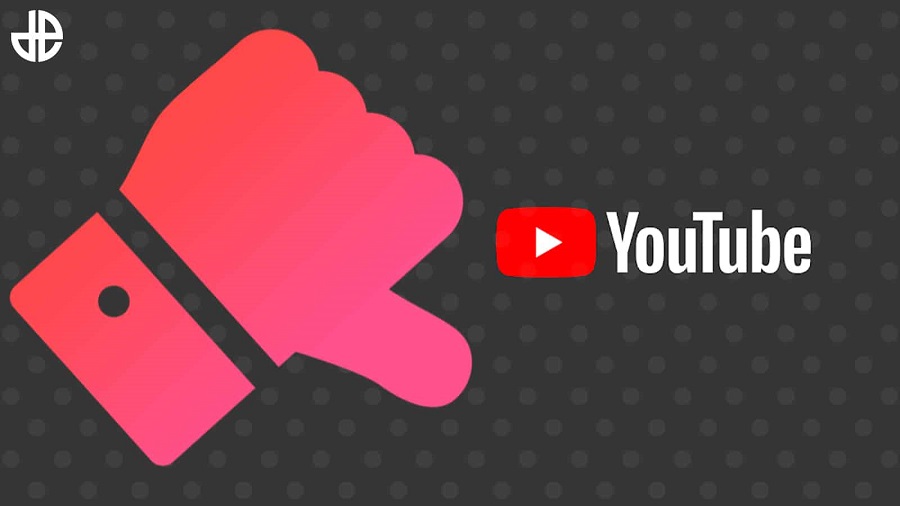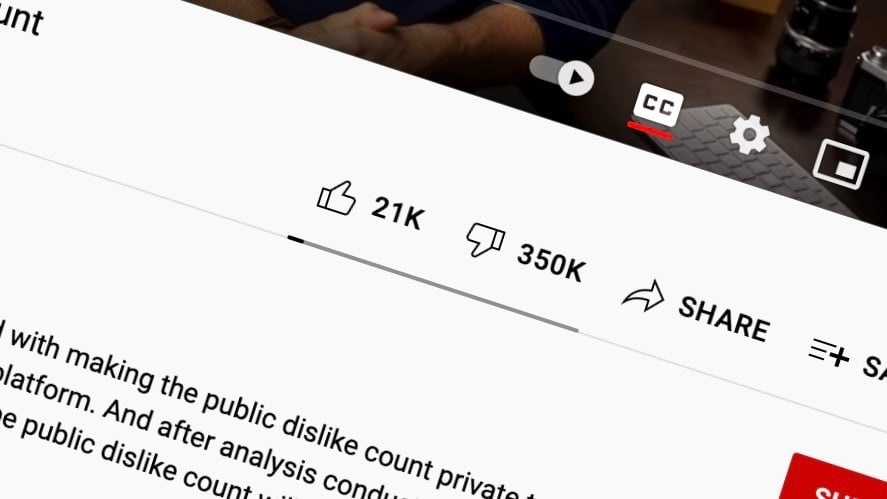YouTube’s Dislike Button Evolution: Impact on Content Creators

In an ever-evolving digital age, platforms like YouTube continually refine their features for improved user experience. One of the recent significant changes is YouTube’s decision to hide public dislike counts. While this was done with the intent of reducing targeted dislike campaigns, the effects on content creators vary. Let’s delve into the implications of this pivotal move.
The Rationale Behind YouTube’s Decision
YouTubers often face coordinated ‘dislike’ attacks, which can impact their motivation and mental well-being. By hiding the dislike count, YouTube aimed to mitigate this negative bandwagon effect. The idea was to shield creators, especially newer ones, from unnecessary demotivation stemming from mass dislikes which are often unrelated to the content quality.
Moreover, for viewers, the visibility of like and dislike counts can sometimes predetermine their reaction to a video even before watching it. By deemphasizing dislikes, YouTube is nudging viewers to form their own opinions without being influenced by the majority.
However, while these reasons sound promising on paper, the real-world implications for content creators have been multifaceted.
Creators Losing Feedback Metrics
Dislikes have been a direct metric for content creators to gauge the acceptance of their content. With the removal of visible dislike counts, creators might find it challenging to immediately recognize if their content is not resonating well with their audience. This could delay content strategy adjustments.
Furthermore, for tutorial or educational channels, dislikes were a quick indicator of misleading or incorrect information. Without it, discerning the usefulness of such content becomes tougher for viewers and creators alike.
The Psychology of Likes and Dislikes
Social validation plays a pivotal role in digital content creation. While likes give a psychological boost, dislikes offer a reality check. By hiding dislikes, there’s a potential skew in the perception of content quality. Creators might find themselves in an echo chamber, where the feedback is overwhelmingly positive, potentially hampering growth and improvement.
Additionally, from a viewer’s standpoint, the removal of a visible counter-narrative (dislikes) can make the platform feel less interactive and more controlled.
However, it’s worth noting that while public dislikes are hidden, creators can still view them in YouTube Studio, keeping the feedback loop somewhat intact.

Community Reactions and Adaptations
The creator community on YouTube had mixed reactions. While some appreciated the move as a shield from undue criticism, others saw it as an infringement on direct viewer feedback. There’s a palpable fear that hiding dislikes could pave the way for misleading content to thrive.
Adapting to this change, some creators have started seeking feedback through comments, polls, or external platforms to compensate for the loss of the public dislike metric.
Conclusion
YouTubers find themselves at a crossroads with the removal of public dislike counts. While YouTube’s intentions are rooted in creator well-being, the broader ramifications on content quality, feedback, and community interaction are still unfolding. As with any significant change, it brings challenges and opportunities. The onus is now on creators to navigate this new landscape while ensuring their content remains authentic and resonates with their audience.
